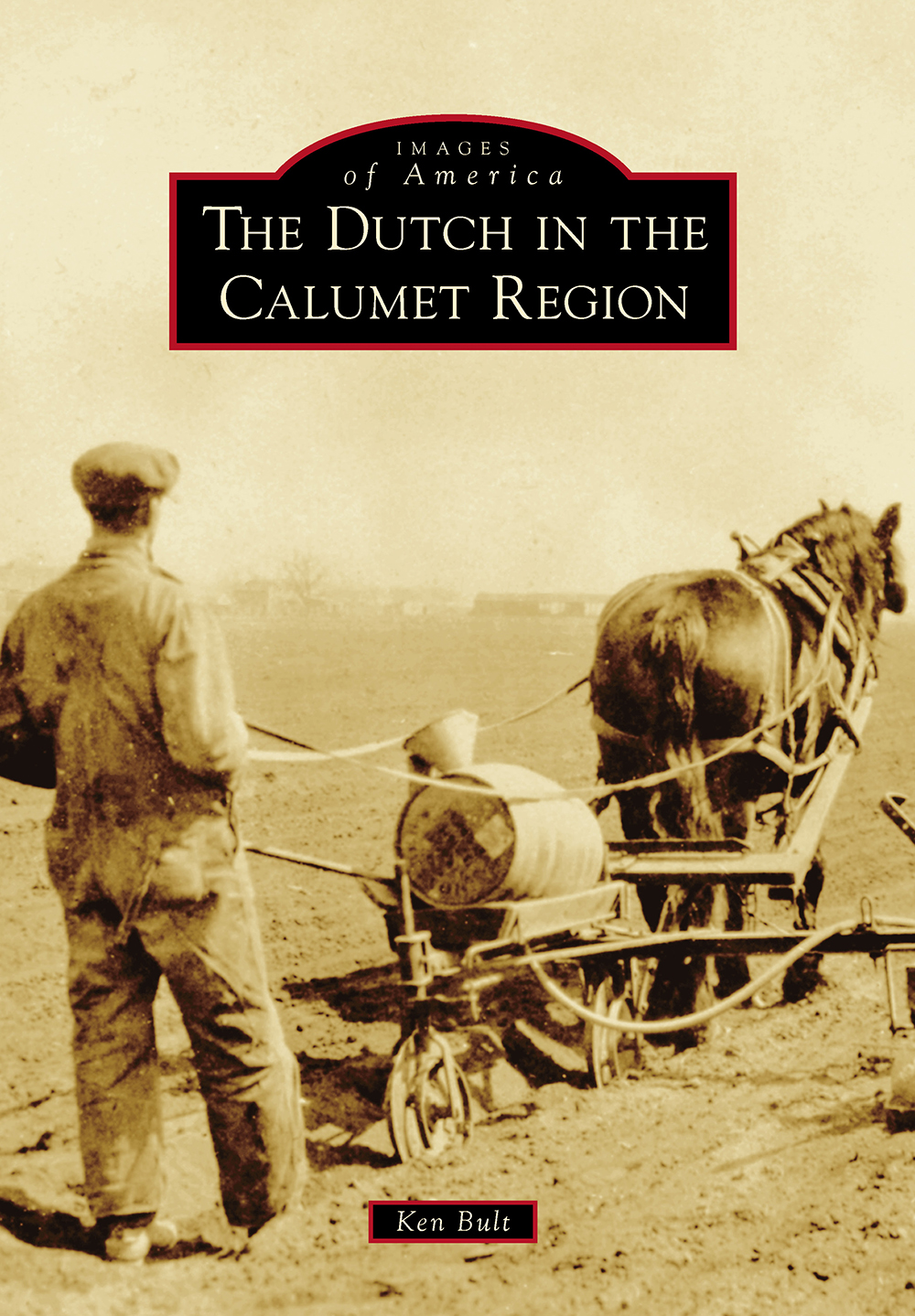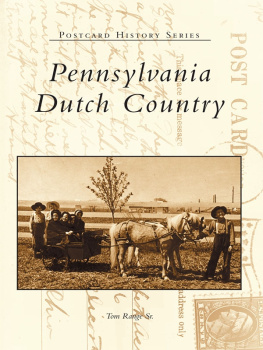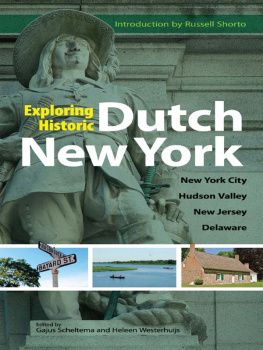
IMAGES
of America
THE DUTCH IN THE
CALUMET REGION

Leaving the Netherlands in search of religious freedom and a better way of life, the Dutch began arriving in the Calumet region in the middle part of the 19th century. By clearing and draining the land and establishing stable communities, they left a permanent impression on the region, which still reflects their heritage today. This sign, erected in 1992 by the Indiana Historical Bureau, stands at 8941 Kleinman Road in Highland, Indiana. (Photograph by the author.)
ON THE COVER: The light, sandy soils of the Calumet region were well suited for the production of garden crops. (Courtesy of the South Holland Historical Society.)
IMAGES
of America
THE DUTCH IN THE
CALUMET REGION
Ken Bult

Copyright 2015 by Ken Bult
ISBN 978-1-4671-1378-6
Ebook ISBN 9781439650912
Published by Arcadia Publishing
Charleston, South Carolina
Library of Congress Control Number: 2014952139
For all general information, please contact Arcadia Publishing:
Telephone 843-853-2070
Fax 843-853-0044
E-mail
For customer service and orders:
Toll-Free 1-888-313-2665
Visit us on the Internet at www.arcadiapublishing.com
For my family
Nothing is more important
CONTENTS
ACKNOWLEDGMENTS
As much as I tried my hardest to make this book free of errors, I apologize in advance for any that may have slipped in despite my best efforts. In many cases, I have reverted to original Dutch names and spellings. I know there is a lot more that could have been included here, but there was not a secret agenda with any omissionsjust factors of time and space. That being said, I would like to offer my thanks to the following people, without whose help this project would have been impossible. Thank-yous go to Robin Sheldberg and Ed Smith at the South Holland Historical Society, Susan Douthett at the Highland Historical Society, Shirley Schmueser at the Munster Historical Society, Richard H. Harms at the Calvin College Archives, Julia Simpson at Arcadia Publishing, my friend Marie Eenigenburg Min, my wife and research assistant, Carol, and my daughter Kaylee, for helping me do research on a particularly rainy night in Highland.
INTRODUCTION
Every year on Labor Day in South Holland, Illinois, not many miles from Chicagos southern border, the descendents of the towns early settlers gather to celebrate their heritage at the Paarlberg Farm and Park. While South Holland may not be the solidly Dutch community it once was, the descendents of the Dutch immigrants still populate this region. The area settled by their ancestors in the 19th century is a part of the Calumet region. Geographically, the region includes the northern parts of Lake and Porter Counties in Indiana and southeastern Cook County in Illinois that are drained by the Grand Calumet River and the Little Calumet River This region happens to run along the south shore of Lake Michigan. For the purposes of this book, the regions loose boundary runs from what today is part of Chicagos South Side to the western border of Griffith, Indiana, forming a Dutch crescent that includes the communities of Roseland, South Holland, Lansing, Munster, and Highland. Even before the towns existed, then into the 20th century, the Dutch were a community that transcended the borders of the towns they established. Once in the region, the Dutch carved communities out of the wilderness by clearing and draining the land and raising large families. Throughout the region, there is evidence of the early Dutch settlers in the churches they built, the businesses they started, and the loved ones they buried. But what was it that brought the Dutch to this region? What drove them to leave the comfort and security of the land to which they were born and brave a long and dangerous sea journey into the unknown?
In order to understand what kept the Dutch communities unique when everything around them was changing, one needs to understand that many of the people who immigrated to the Calumet region from the Netherlands were not typical 19th-century Dutchmen and -women. Religious zeal and the desire for religious freedom brought many of the regions founding families here. The Dutch immigration to the United States that took place in the second half of the 19th century began as a result of conditions that these people considered intolerable. While the reasons that other ethnic groups immigrated were more often than not based on economics, the Dutch immigration was largely religious in nature.
Beginning in 1815, with the defeat of Napoleon and the accession of Willem I of the House of Orange to the throne of the Netherlands, the religious problems arose. King Willem became the guiding force that put into place a number changes designed to modernize the Dutch church when he placed the Reformed Church of Holland under state control. The change put forward by Willem included all church property; salaries and education of the clergy were placed under state control; and a new wording allowed pastors who denied the Trinity and other church doctrines to continue preaching. With these changes, the movement for religious freedom through immigration was taking root. The Secession of 1834 began in Ulrum, a town in the north of the Dutch province of Groningen, when pastor Hendrik de Cock was forbidden by the government to preach or baptize children whose parents believed their own ministers were not true to the faith.
On December 14, 1834, a large majority of the congregation of the Dutch Reformed Church in Ulrum signed the Act of Secession and Return, breaking with the state church. The members of the new church were not only harassed by the state when meeting to worship, but they were also not allowed to establish their own schools As a result, by 1845, some congregations led by their pastors felt they could no longer live with the restrictions being forced upon them by the government. As a result, two prominent leaders of the secession movement decided that immigrating to America could be a solution to many of their problems. One of the leaders in the search for religious freedom was Albertus Van Raalte. He and members of his congregations left the Netherlands for America on September 24, 1846. They began their new life in Holland, Michigan, on February 9, 1847. The other leader was Hendrik Pieter Scholte. On August 26, 1847, his followers arrived at what was to become Pella, Iowa. Meanwhile, the Dutch were slowly settling in the Calumet region as well. With the homestead of Hendrick De Jong, a Dutch foothold was established in the region. Others, like the Widow Paarlberg and Klaas Pool, arrived, followed by Rev. Willem Wust and 30 followers from his former congregation in 1848. In the summer of 1849, the founders of Roseland, Illinois, started their new lives at de Hooge Prairie (High Prairie).
When George Pullman needed land for his railroad-car factory and company town, many of the early Roseland settlers made a nice profit and some, in turn, bought land in Lage Prairie (South Holland). Because large farms of 160 acres or more were hard to work, they were broken down into more manageable sizes, to be divided among the many Dutch sons. The resulting lots, 20 to 40 acres in size, were perfect for truck farming. When there were no more parcels to be handed out, many Dutch sons moved east to Lansing and Munster. While the rest of the country was moving west, the Dutch were expanding to the east. During the period immediately following the Civil War, the farmers of South Holland began to seriously sell their produce at the Chicago South Water Street Market. The Calumet region, with its light, sandy soil, was well suited for the production of garden crops, especially onions. In South Holland, the eventual change to onions led to the onion-set farmers and co-ops that kept agriculture a major factor in South Holland until after World War II. Eventually, the Dutch made their way south as well, to Wichert, Illinois, and DeMotte, Indiana, where they still reside in significant numbers. This is, in part, the untold story of the Dutch in the Calumet region.
Next page













